
Choosing a Tow Bar Wiring Harness
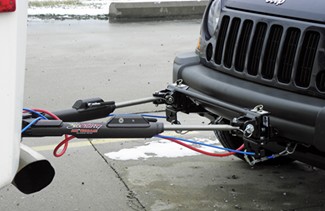
How to Choose a Tail Light Wiring Kit
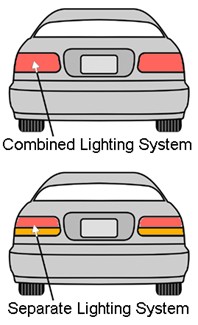
Types of Tail Light Wiring Kits
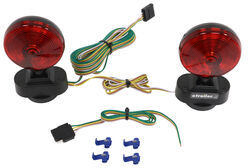
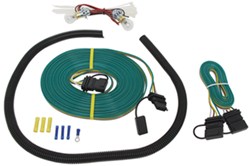
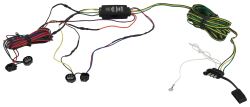
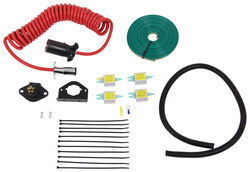
Brake Light Relay
You are using a supplemental braking system Your towed vehicle's brake lights illuminate when its engine is of You are wiring your towed car as a combined lighting system (for towing) with one of the following:
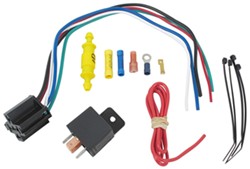
Stop Light Switch Kit
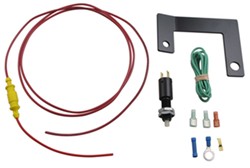
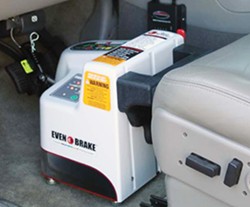
Fuse Bypass Systems
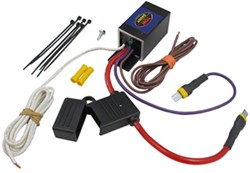
Automatic Battery Disconnect
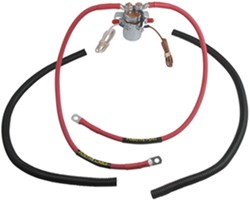
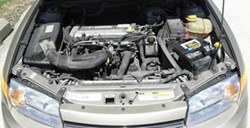
Tail Light Converters
Choose 118158 or C56196 (2-to-3-wire converters) if your RV has a combined system and your towed vehicle has a separate system. Choose RM-732 (3-to-2-wire converter) if your RV has a separate system and your towed vehicle has a combined system. (And your RV or tow vehicle does not have a 4-way trailer connector.)
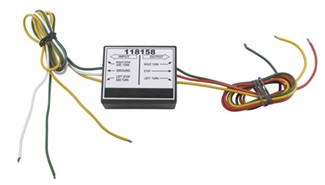

Departments
Towing
- Trailer Hitch
- Fifth Wheel
- Gooseneck
- Towing a Vehicle
- Front Hitch
- RV Hitch
- ATV Hitch
- HD Truck Hitch
- Vehicle Wiring
- Brake Controller
- Ball Mounts
- Weight Distribution
Sports and Recreation
Trailer Parts
- Utility Trailer
- Boat Trailer
- Landscape Trailer
- Enclosed Trailer
- 5th/Camper Trailer
- Car Hauler
- Horse Trailer
Vehicle
Contact & Help

What our customers are saying:
"I received this order yesterday. Thanks for the outstanding service. I appreciate it! Thanks, Alex"
Alex
Blowing Rock, NC
Popular Vehicles
- Subaru Forester
- Ford F-350 Super Duty
- Ford F-250 Super Duty
- Chevrolet Silverado 1500
- Jeep Wrangler Unlimited
- Jeep Wrangler
- Ram 3500
- Toyota Highlander
- Ram 2500
- Chevrolet Silverado 2500
- Subaru Outback Wagon
- Chevrolet Silverado
- Dodge Ram Pickup
- GMC Sierra 2500
- Ram 1500
- Ford F-250 and F-350 Super Duty
- Jeep Grand Cherokee
- Toyota Tacoma
- GMC Sierra 3500
- Toyota Tundra
- Ford Escape
- More >>


























